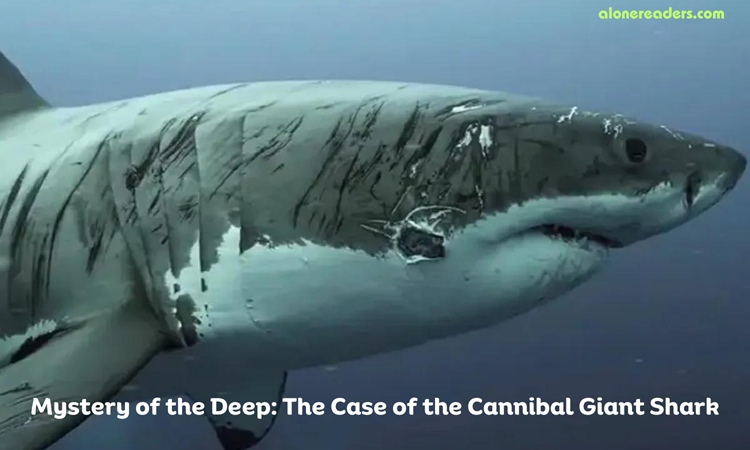
In the vast and enigmatic world of the ocean, mysteries abound, some more startling than others. One such mystery unfolded in 2003 when a team of scientists tagged a 9-foot-long great white shark, aiming to study temperature changes in the ocean. However, the journey of this apex predator took an unexpected and chilling turn, leading to speculations and theories that continue to intrigue and baffle marine biologists and shark enthusiasts alike.
The story began with a straightforward scientific mission: tagging a great white shark to gather data on ocean temperatures and the species' migratory patterns. The subject of this study was a formidable 9-foot-long great white shark, an apex predator known for its dominance in the marine ecosystem. The tag used in this study was designed to record data on depth, temperature, and light, providing valuable insights into the shark's behavior and the ocean's environmental conditions.
Several months after the tagging, the device was found washed up on a beach, an occurrence that is not entirely uncommon due to the harsh conditions of the ocean. However, what was startling was the data it contained. Approximately four months into the study, the recorded data showed a sudden and steep descent of the shark to depths reaching around 1,900 feet. The temperature readings indicated a rapid increase, from the cooler waters typical of a shark's natural habitat to much warmer temperatures, akin to those found in the digestive system of a large marine animal.
The abrupt change in depth and temperature led researchers to a startling hypothesis: the great white shark had been attacked and subsequently devoured by an even larger predator. This conclusion was drawn from the pattern and nature of the data recorded. The depth to which the shark descended, combined with the sudden shift in temperature, suggested a violent and fatal encounter, one that is not commonly associated with the known threats to a shark of this size.
The question then arose: what could possibly attack and consume a 9-foot great white shark? One theory is the existence of a 'super predator,' a term that has captivated the imagination of many. This hypothetical creature would need to be significantly larger and more powerful than the great white to accomplish such a feat. The idea of a larger, more dominant shark species, possibly an oversized great white or an unknown species of deep-sea shark, emerged as a plausible explanation.
While the 'super predator' theory holds a certain allure, scientists also consider other possibilities. For instance, orca whales, known to prey on sharks, could potentially be responsible. However, the depth at which the incident occurred makes this less likely, as orcas typically hunt in shallower waters. Another consideration is the possibility of a skirmish with another great white shark, leading to a fatal outcome. This scenario, while plausible, would be unusual given the depths involved.
The incident has profound implications for our understanding of marine ecosystems and the behavior of apex predators. It challenges long-held perceptions of the great white shark as the ultimate predator, suggesting the presence of larger and more formidable creatures in the depths of the ocean. Further research, possibly involving more advanced tagging technology and deep-sea exploration, is necessary to shed light on this mystery.
The case of the giant cannibal shark remains one of the ocean's great mysteries. It serves as a reminder of how much we have yet to learn about the deep sea and its inhabitants. Whether the assailant was a super-sized shark, an unknown species, or a rare behavioral anomaly, this incident continues to intrigue and inspire further exploration and study of the ocean's depths.